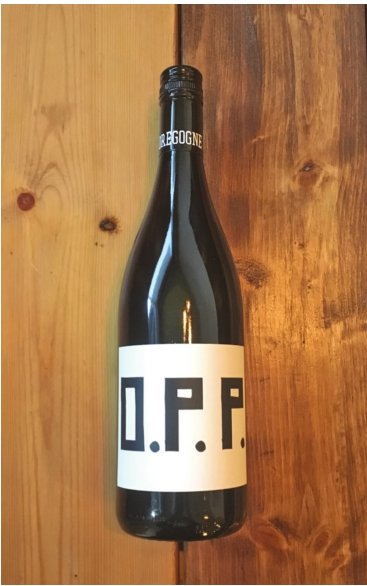
Pinot noir isn’t likely to go out of fashion for a while. Its recent success is built from making wines of moderate, red-fruited character, slight herbaceousness/earthiness, and a style often lower in overall body and mouthfeel. Much of this makes for a rare grape variety that tastes delicious with a wide variety of foods and is very easy to find on store shelves.
Price is usually the big variable with pinot. Pinot yields tend to be a touch lower, than, say, merlot. So much of the initial desired attributes of pinot noir depended on freshness and maybe even a sense of effortless balance and elegance. Pinot isn’t exactly a hot and heavy grape.
We’re surrounded by bountiful options of tasty pinot, though. That’s the good news. It’s generally easy to find bottles from Oregon, California, Michigan, all over the wine regions of the Southern Hemisphere, and of course, France. It’s in the top 10 of most widely planted grapes, so you better believe there are also solid examples of wine it not-so-obvious regions (August Kesseler in Germany’s Rheingau region is a nice example).
But here in Lansing, store shelves are dominated by the West Coast. A few newer-to-the-market Oregon brands stand out. Illahe’s “Bon Sauvage” 2015 pinot from Willamette Valley is a treat at $30. This is a pinot that is packed with flavors between montmorency cherries, cedar, mushroom, and a red floral bouquet sitting in your breakfast nook. I’ve had Premier Cru Burgundy at $60 a bottle that are disappointingly lean and monotone, comparatively.
This is certainly in the early running for top wine of the year for me. This wine is small production — only 620 cases. Grab it while you can.

At the price of $23, Mouton Noir’s “O.P.P.” pinot noir is worth every penny for slightly different reasons.
While Illahe’s bottling lends an effort perhaps more earth-driven (which isn’t always a calling card of Oregon pinot), “O.P.P.” combines that with extreme finesse and seamless, both ripe and tart fruit. Crowd pleasing 101, right here. And the bottle looks cool. So it’s got that going for it...which is nice.

Mouton Noir is a very fairly priced line of wines from former Best Young Sommelier Andre Mack, who spent some years at acclaimed restaurants Per Se and The French Laundry before shuffling his deck and going the winemaker route. And his success is both tasty and well deserved.
The region of Burgundy, France is pinot noir’s homeland, but for a few reasons, is generally not a place we can find exceptional value. First of all, the region can be unnecessarily complicated for the consumer. Most of the time, the grape isn’t even on the label. Instead, you’re apt to find places like Nuits Saint Georges or Pernand-Vergelesses. Not exactly market friendly.
But Burgundy producers don’t have to be all too concerned right now (nor are they). The last decade has seen a surge of Burgundy sales to markets in China, Japan and various European markets. Demand goes up. Supply is constant. Ergo, prices to the U.S. start inching upward. Bummer!
Often, some of the best bottlings don’t really come into their own for 7-10 years. Who has the patience for that? The 2015 harvest mitigated some of those concerns.
2015 was hot in Burgundy. July 2015 saw an intense heatwave, with midday temperatures consistently around 100 degrees. The effect is simple enough: sugars develop faster in the grape, and the wines inevitably show ripe. Even night temperatures were in the 80s on a regular basis.
There was little relief.
Mongeard-Mugneret is a producer not known for top-of-the-top Burgundy, nor $15 bottles kicking around national chains like Costco or Sam’s Club. What they do well is make pinot that shows just a touch like new world pinot noir, and is never obscenely expensive.
Their 2015 Bourgogne pinot noir is a gem at $30, not for its elegance, but for creating a rare Burgundy that navigates a path between early-upon-release accessibility, general tart cherry, wild strawberry and leafy aromas.
If you seek value, one should always consider Chilean pinot. No, you’re probably not going to find that legendary wine to gush over for a month, but you will find value in a category where value is rare. Cono Sur’s 2015 pinot noir is a textbook example from the San Antonio Valley, roughly right in the middle of this lovely, narrow country embanked between the Pacific Ocean and the Andes Mountains.
Fresh, cola & pepper like, with flavors akin to plum and raspberries, it will cost you $15. Forking over a Hamilton and Lincoln is a small price to pay for good pinot these days.
Support City Pulse - Donate Today!
Comments
No comments on this item Please log in to comment by clicking here